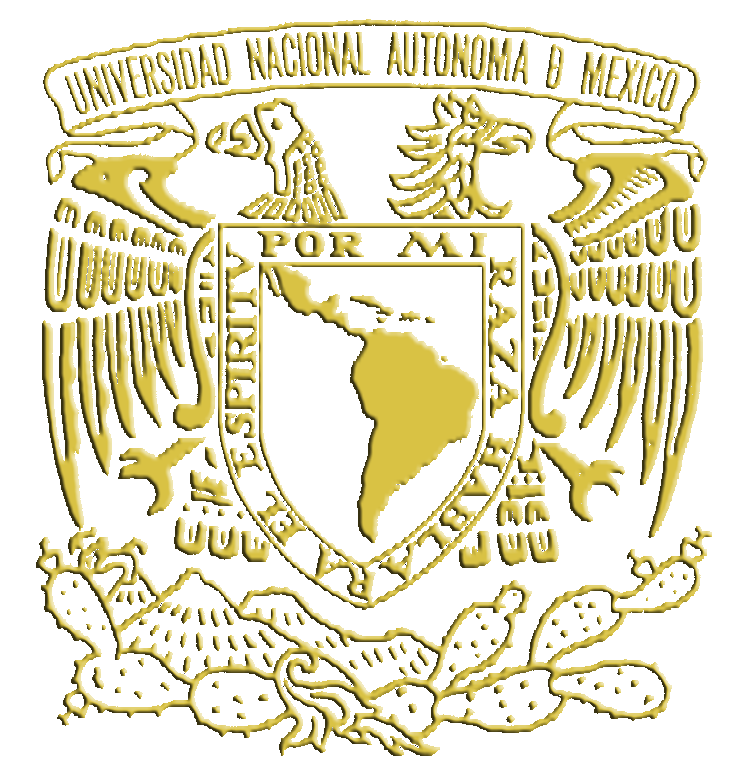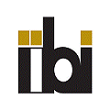Clasificación del software libre orientado a la automatización integral debibliotecas según el nivel de complejidad de la biblioteca: bibliotecas simples,bibliotecas de mediana complejidad y bibliotecas de alta complejidad.
Tipo de material: TextoIdioma: SPA Detalles de publicación: Costa Rica : Universidad de Costa Rica; Escuela de Bibliotecología y Ciencias de la Información, 2013. ISSN: 1659-4142Otro título: Classification of free software oriented at the integral automation of libraries according to the levelof complexity of the library: simple libraries, libraries of medium complexity and libraries of highcomplexity [Parte del título]Tema(s): Lectura | Bibliotecología | Ciencia de la informaciónRecursos en línea: Acceso a documento electrónico
TextoIdioma: SPA Detalles de publicación: Costa Rica : Universidad de Costa Rica; Escuela de Bibliotecología y Ciencias de la Información, 2013. ISSN: 1659-4142Otro título: Classification of free software oriented at the integral automation of libraries according to the levelof complexity of the library: simple libraries, libraries of medium complexity and libraries of highcomplexity [Parte del título]Tema(s): Lectura | Bibliotecología | Ciencia de la informaciónRecursos en línea: Acceso a documento electrónico | Tipo de ítem | Biblioteca actual | Colección | Clasificación | Copia número | Estado | Fecha de vencimiento | Código de barras | Reserva de ítems |
|---|---|---|---|---|---|---|---|---|
|
|
INFOBILA INFOBILA | General | 1 | Estanteria | IBL-21411 |
Periodicidad: semestral
Artículo de revista
En este artículo se presenta una propuesta para clasificar el software orientado a la automatización integral debibliotecas de acuerdo a los siguientes subniveles: una biblioteca simple, biblioteca de mediana complejidad ouna bibliotecas de alta complejidad. Para clasificar a las bibliotecas en cada uno de estos subniveles, y con elfin de realizar el dimensionamiento correspondiente, se utilizan seis variables: tipo de biblioteca, el tamaño dela colección, tipo de materiales que maneja, cantidad y tipo de usuarios que atiende la biblioteca, el nivel deespecialización del recurso humano que tiene la biblioteca y, finalmente, la capacidad técnica y económica quetenga la biblioteca. Además de clasificar las bibliotecas, también se clasifica el software libre orientado a laautomatización, según los siguientes subniveles: software simple, software de mediana complejidad y softwarede alta complejidad. Para esta segunda clasificación, se utilizarán siete criterios: el nivel de robustez del motorde base de datos que soporta la aplicación, el nivel de parametrización, la plataforma donde se encuentradesarrollado el software, la clase del soporte técnico brindado a la aplicación informática, el nivel de facilidadpara el desarrollo de nuevos requerimientos, la interoperabilidad del software y el manejo de estándaresinternacionales para importar y exportar información. Al final se presenta una lista clasificada de softwareorientado a la automatización integral de bibliotecas.
This article presents a proposal to classify oriented software automation of libraries according to the followingsublevels: a simple library, library of medium complexity or high complexity libraries. To classify a library ineach of these sublevels, six variables are used to perform the appropriate sizing, which are: type of library, thecollection size, type of materials handled, number and type of users served by the library, the level of expertiseof human resources that handles the library, and finally the technical and economic capacity to take into thelibrary. Besides classifying libraries also is classified the free software oriented automation of these as thefollowing sublevels: simple software, software of medium complexity and high complexity software. For thissecond classification, used seven criteria including: the level of robustness of the database engine that supportsthe application, the level of parameterization, the platform on which the software is developed, the type ofsupport provided to the computer application, the level of ease for the development of new requirements,software interoperability, and finally the management of international standards to import and exportinformation. At the end is included a list-oriented software classified the automation of libraries.
Analítica


No hay comentarios en este titulo.